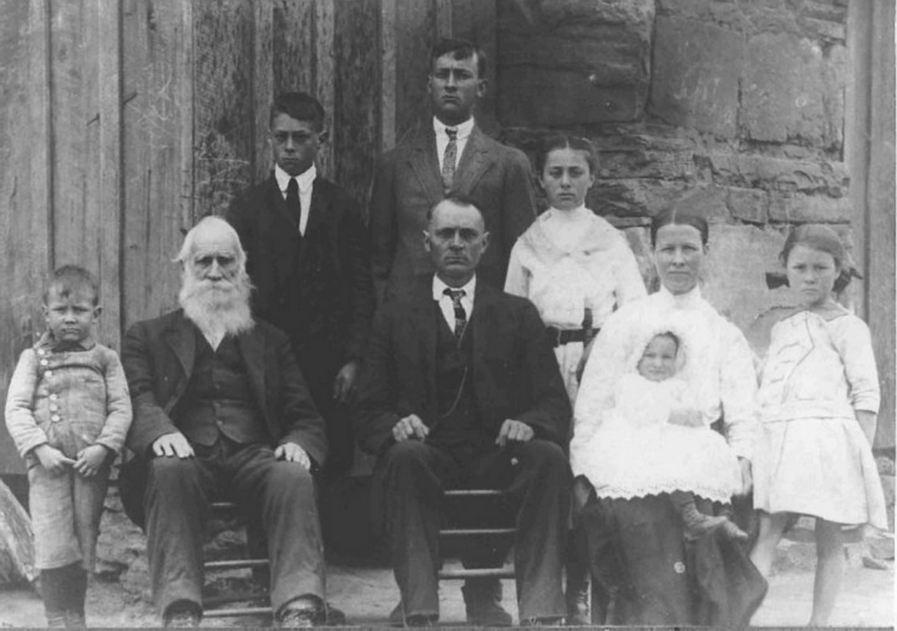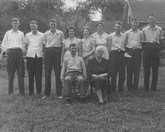|
The
Orphan Strip
1787-1798
The North Carolina – South Carolina
Line
“In this connection it
is well to point out that the State of North Carolina claimed for her southern boundary the
thirty fifth degree of North Latitude.
The
line of this parallel was, however, at that time supposed to run about 12 miles to the north of
what was subsequently ascertained to be its true location.
Between this supposed line of 35th degree North Latitude and the northernmost boundary of
Georgia, as settled upon by a convention between that State and South Carolina in 1787, there
intervened a tract of country about 12 miles in width, from north to south, and extending
from east to west from the top of the main ridge of mountains (blue ridge) which divide the
eastern from the western waters to the Mississippi River. This tract remained as was
supposed, within the chartered limits of South Carolina, and in the year of 1787 was ceded by
that State to the United States, subject to the Indian right of occupancy.
When
the Indian title to the country therein described was ceded to the United States by Treaty of 1798
with the Cherokees, the eastern portion of this twelve mile tract fell within the limits of such
cession.
On
its eastern extremity near the headwaters of the French Broad River, immediately at the foot of the
main Blue Ridge Mountains, had been located, for a number of years prior to the treaty, a
settlement of about fifty families of whites, who had by its ratification become occupants of the
public domain of the United States, but who were outside of the territorial jurisdiction of any
state. These settlers petitioned Congress to retrocede the tract of country upon which they resided
to South Carolina, in order that they might be brought within the protection of the laws of that
State.
A
resolution was reported in the House of Representatives, from the committee to whom the subject had
been referred, favoring such a course, but Congress took no effective action on the subject. When
the State boundaries came to be finally adjusted in that region, the tract in question was found to
be within the limits of North Carolina.”
From
Powell’s 5th Annual
Report of Indian Affairs, 1883-1884, page 182
Mary Jane McCrary Collection, Box 36,
Folder 9, Rowell Bosse NC Room, Transylvania County
Library.
Transcribed by Linda O. Anders, 31 Jan. 2009.
|






